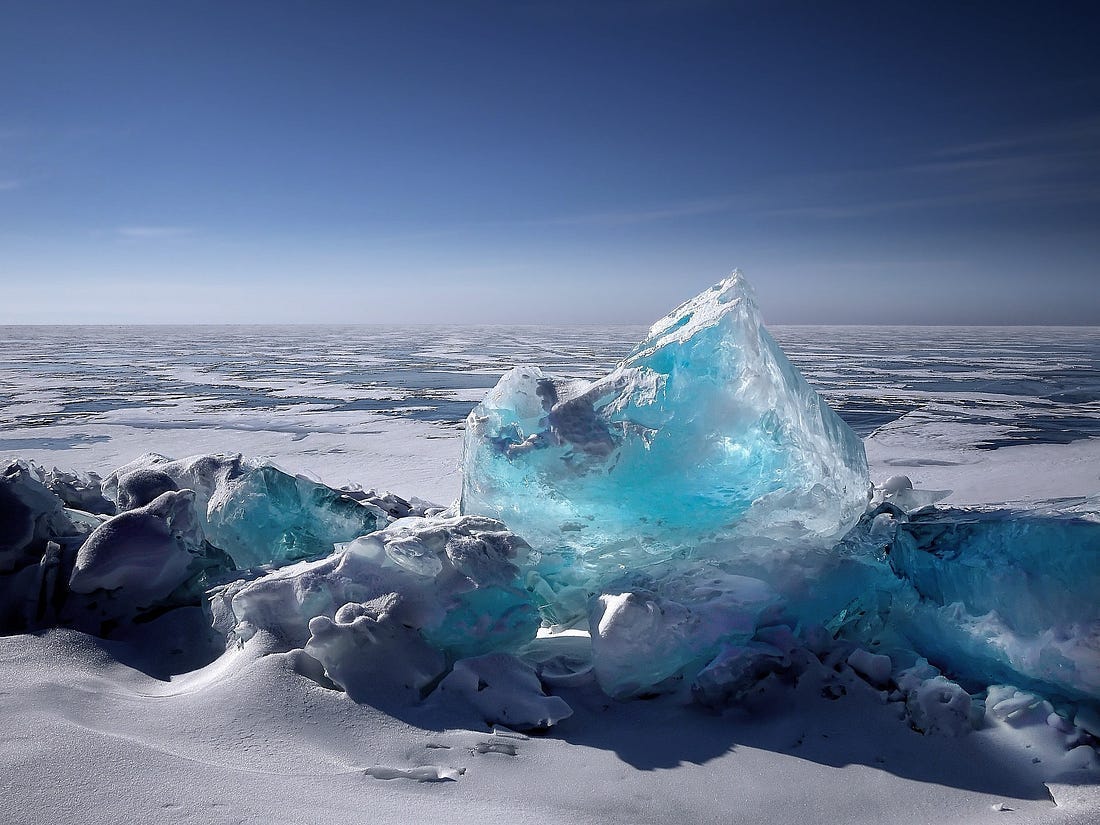 In the rapidly evolving landscape of quantum technology, cryogenics is an indispensable and fascinating domain that pushes the boundaries of low-temperature physics. Harnessing the power of extreme cold, this groundbreaking field plays a pivotal role in unlocking the true potential of quantum phenomena. This field of research has its origins in the early 20th century and has since become a vital area of study for understanding quantum phenomena and developing advanced technologies like superconductors and quantum computing.
In the rapidly evolving landscape of quantum technology, cryogenics is an indispensable and fascinating domain that pushes the boundaries of low-temperature physics. Harnessing the power of extreme cold, this groundbreaking field plays a pivotal role in unlocking the true potential of quantum phenomena. This field of research has its origins in the early 20th century and has since become a vital area of study for understanding quantum phenomena and developing advanced technologies like superconductors and quantum computing.
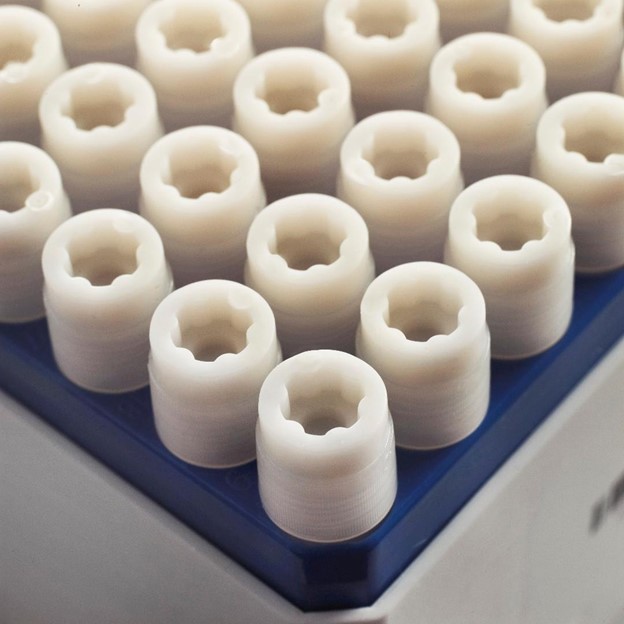 In the realm of scientific discovery, the value of biological specimens cannot be overstated. They serve as essential windows into understanding life's intricate mysteries. From the smallest molecules to the most complex organisms, researchers strive to unlock the secrets held within these samples. To safeguard these invaluable assets, a pioneering leader emerges – Ziath, a company committed to revolutionizing sample management with their CryzoTraq™ 2D Barcoded Sample Storage Tubes.
In the realm of scientific discovery, the value of biological specimens cannot be overstated. They serve as essential windows into understanding life's intricate mysteries. From the smallest molecules to the most complex organisms, researchers strive to unlock the secrets held within these samples. To safeguard these invaluable assets, a pioneering leader emerges – Ziath, a company committed to revolutionizing sample management with their CryzoTraq™ 2D Barcoded Sample Storage Tubes.
Read More
 When it comes to battling cancer, innovation and evolution in medical technology play a vital role in improving treatment outcomes and patients' quality of life. One such innovation that has been making strides in recent years is cryotherapy for kidney cancer. Cryotherapy, also known as freezing therapy, cryosurgery, or cryoablation, is a cutting-edge procedure that harnesses the power of extreme cold to combat cancer cells effectively. This revolutionary technique is particularly promising for treating small, early-stage kidney cancers.
When it comes to battling cancer, innovation and evolution in medical technology play a vital role in improving treatment outcomes and patients' quality of life. One such innovation that has been making strides in recent years is cryotherapy for kidney cancer. Cryotherapy, also known as freezing therapy, cryosurgery, or cryoablation, is a cutting-edge procedure that harnesses the power of extreme cold to combat cancer cells effectively. This revolutionary technique is particularly promising for treating small, early-stage kidney cancers.
Read More
 At a somewhat small and unassuming airport in Maribor, Slovenia, German hydrogen propulsion startup H2FLY has quietly been building up to a major milestone in zero-emission aviation over the summer. And all the hard work has come to fruition, with the successful completion of the world’s first crewed liquid hydrogen-powered flights.
At a somewhat small and unassuming airport in Maribor, Slovenia, German hydrogen propulsion startup H2FLY has quietly been building up to a major milestone in zero-emission aviation over the summer. And all the hard work has come to fruition, with the successful completion of the world’s first crewed liquid hydrogen-powered flights.
Read More
Partnership Revolutionizes Healthcare with the MAGNETOM Terra 7 Tesla MRI Scanner
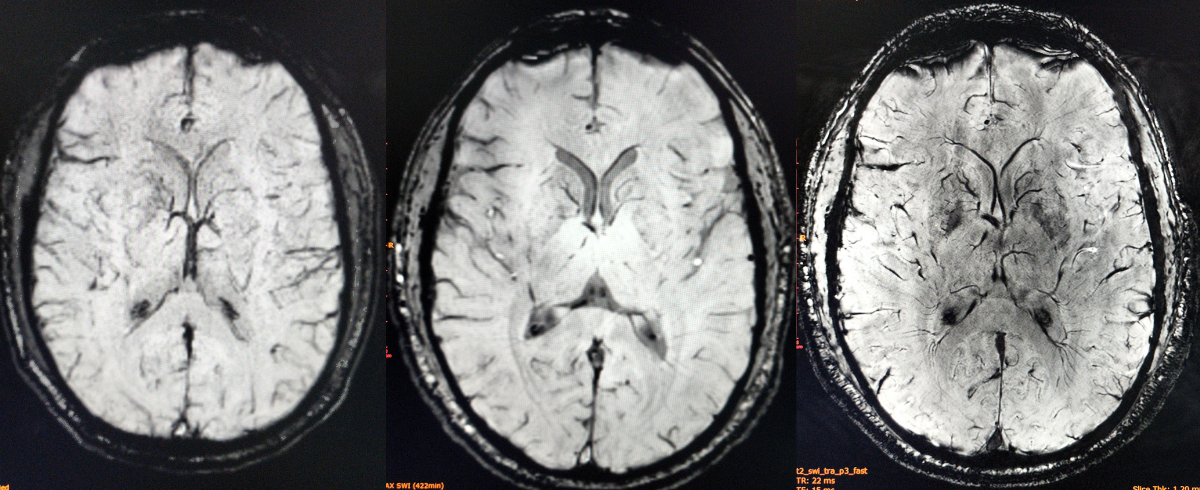 The University of Illinois Urbana-Champaign (UIUC) and Carle Health, a vertically integrated healthcare system with hospitals, physician practices and a medical school, have formed a unique partnership to co-own and operate a Siemens Healthineers MAGNETOM Terra 7 Tesla MRI scanner. This collaboration has significant implications for both research and clinical care. The scanner, with its high-powered magnetic field and advanced neuroimaging capabilities, offers transformative potential.
The University of Illinois Urbana-Champaign (UIUC) and Carle Health, a vertically integrated healthcare system with hospitals, physician practices and a medical school, have formed a unique partnership to co-own and operate a Siemens Healthineers MAGNETOM Terra 7 Tesla MRI scanner. This collaboration has significant implications for both research and clinical care. The scanner, with its high-powered magnetic field and advanced neuroimaging capabilities, offers transformative potential.
Read More
NIF Journeys to Ignition
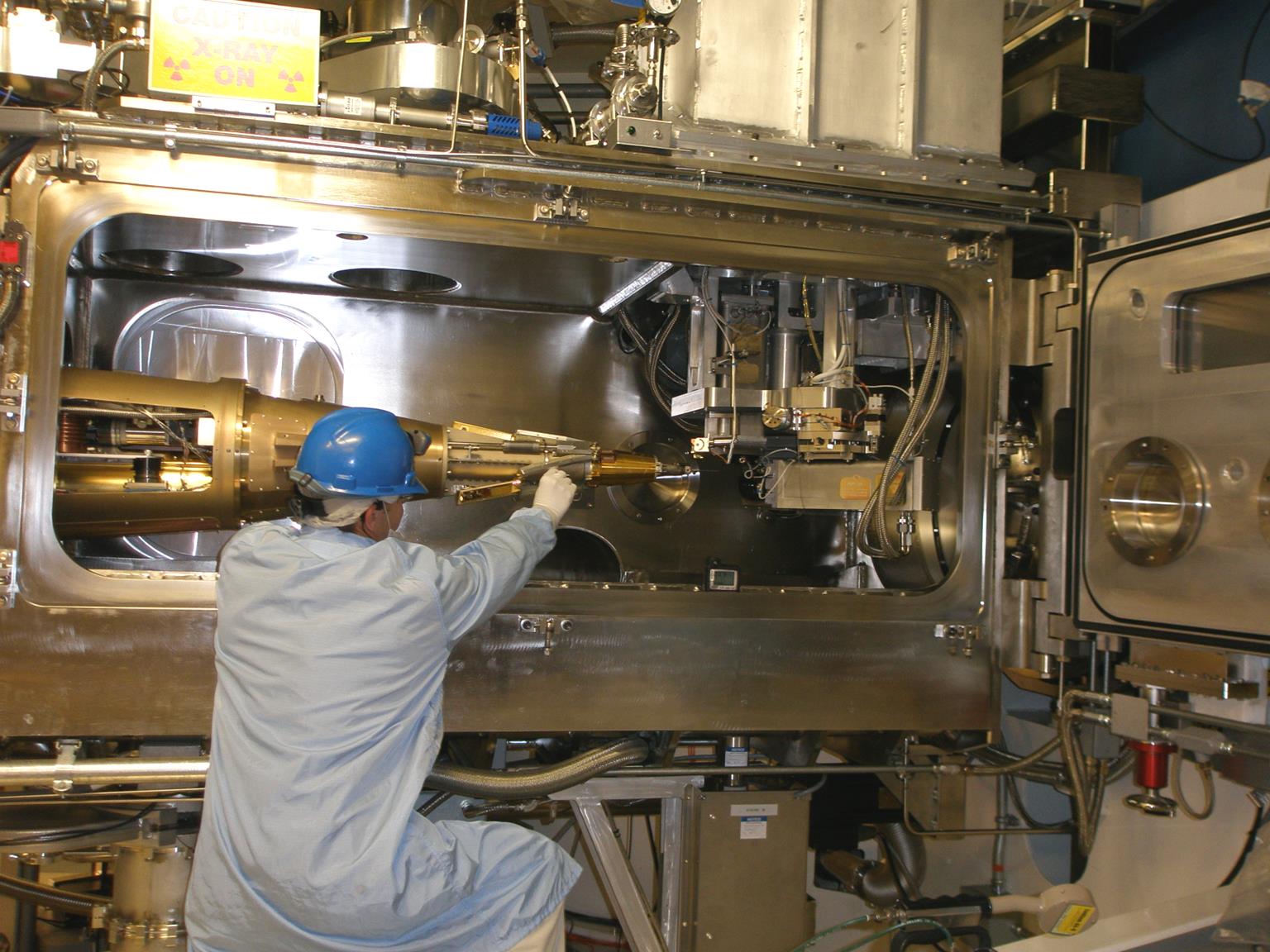 December 5, 2022, marked a historic breakthrough in the field of fusion research as scientists achieved ignition, a momentous achievement that has been a scientific grand challenge spanning over 50 years. The National Ignition Facility (NIF) within the Lawrence Livermore National Laboratory (LLNL) achieved an igniting fusion reaction where the nuclear energy output surpassed the input of optical energy—a remarkable feat known as ignition.
December 5, 2022, marked a historic breakthrough in the field of fusion research as scientists achieved ignition, a momentous achievement that has been a scientific grand challenge spanning over 50 years. The National Ignition Facility (NIF) within the Lawrence Livermore National Laboratory (LLNL) achieved an igniting fusion reaction where the nuclear energy output surpassed the input of optical energy—a remarkable feat known as ignition.
Read More
 In the pursuit of scientific knowledge, the German Aerospace Center (DLR) embarked on a mission to explore the enigmatic properties of atomic oxygen in Earth’s upper atmosphere. Understanding the impact of this element on satellite corrosion, deceleration in low-Earth orbits and its role as an indicator of climate change held great importance for DLR’s research. Its ambitious endeavor involved deploying the OSAS-B oxygen spectrometer as part of Europe’s HEMERA balloon campaign. For this intricate task, DLR sought the expertise of Infrared Labs (IRLabs), a respected industry leader boasting decades of experience in high altitude cryostats.
In the pursuit of scientific knowledge, the German Aerospace Center (DLR) embarked on a mission to explore the enigmatic properties of atomic oxygen in Earth’s upper atmosphere. Understanding the impact of this element on satellite corrosion, deceleration in low-Earth orbits and its role as an indicator of climate change held great importance for DLR’s research. Its ambitious endeavor involved deploying the OSAS-B oxygen spectrometer as part of Europe’s HEMERA balloon campaign. For this intricate task, DLR sought the expertise of Infrared Labs (IRLabs), a respected industry leader boasting decades of experience in high altitude cryostats.
Read More
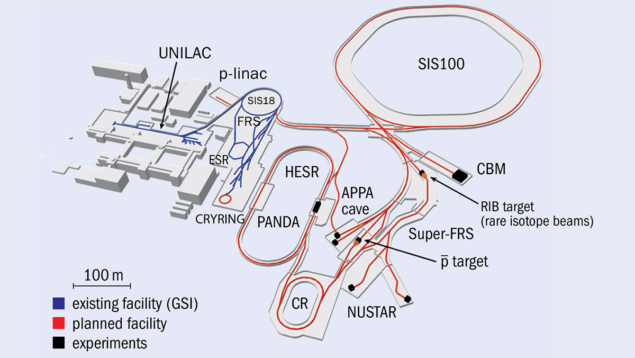 The Facility for Antiproton and Ion Research (FAIR) in Darmstadt, Germany, is embarking on a pioneering mission that will transform accelerator research and expand our understanding of the universe. With its ambitious vision to explore an extensive research canvas, FAIR is set to become a global hub for scientific exploration, spanning diverse domains such as hadron physics, nuclear structure, astrophysics, atomic physics, materials science, radiation biophysics, cancer therapy and space science.
The Facility for Antiproton and Ion Research (FAIR) in Darmstadt, Germany, is embarking on a pioneering mission that will transform accelerator research and expand our understanding of the universe. With its ambitious vision to explore an extensive research canvas, FAIR is set to become a global hub for scientific exploration, spanning diverse domains such as hadron physics, nuclear structure, astrophysics, atomic physics, materials science, radiation biophysics, cancer therapy and space science.
Read More
 Topological effects are predicted to have many potential uses in future electronic devices. Therefore, finding ways to control these effects is desirable. As predicted by first-principles calculations, the one-dimensional (1D) transition-metal trichalcogenide TaSe3 is a strongly topological semimetal. It has a unique atomic arrangement of two inequivalent chains; the shorter distance between the Se atoms in the type-I chains (red in figures) creates strong covalent p-p bonding between the two Se atoms, whereas this bond is broken in the type-II chains (blue in figures) so that bonds form with the Ta atoms from the neighboring type-I chains. The chains are along the b-axis crystallographic direction. Calculations suggest that nontrivial topological phases can be induced by the distorted type-II chain under ambient conditions and/or strain. In collaboration with John Singleton at the Pulsed-Field Facility, National High Magnetic Field Laboratory, research led by Dr. Rongying Jin of the University of South Carolina (USC) investigated the effect of strain on TaSe3 by measuring its magnetoresistance (MR) in fields of up to 60 T. Both ribbon-shaped (under ambient conditions) and ring-shaped (i.e., deliberately strained) samples were studied.
Topological effects are predicted to have many potential uses in future electronic devices. Therefore, finding ways to control these effects is desirable. As predicted by first-principles calculations, the one-dimensional (1D) transition-metal trichalcogenide TaSe3 is a strongly topological semimetal. It has a unique atomic arrangement of two inequivalent chains; the shorter distance between the Se atoms in the type-I chains (red in figures) creates strong covalent p-p bonding between the two Se atoms, whereas this bond is broken in the type-II chains (blue in figures) so that bonds form with the Ta atoms from the neighboring type-I chains. The chains are along the b-axis crystallographic direction. Calculations suggest that nontrivial topological phases can be induced by the distorted type-II chain under ambient conditions and/or strain. In collaboration with John Singleton at the Pulsed-Field Facility, National High Magnetic Field Laboratory, research led by Dr. Rongying Jin of the University of South Carolina (USC) investigated the effect of strain on TaSe3 by measuring its magnetoresistance (MR) in fields of up to 60 T. Both ribbon-shaped (under ambient conditions) and ring-shaped (i.e., deliberately strained) samples were studied.
Read More
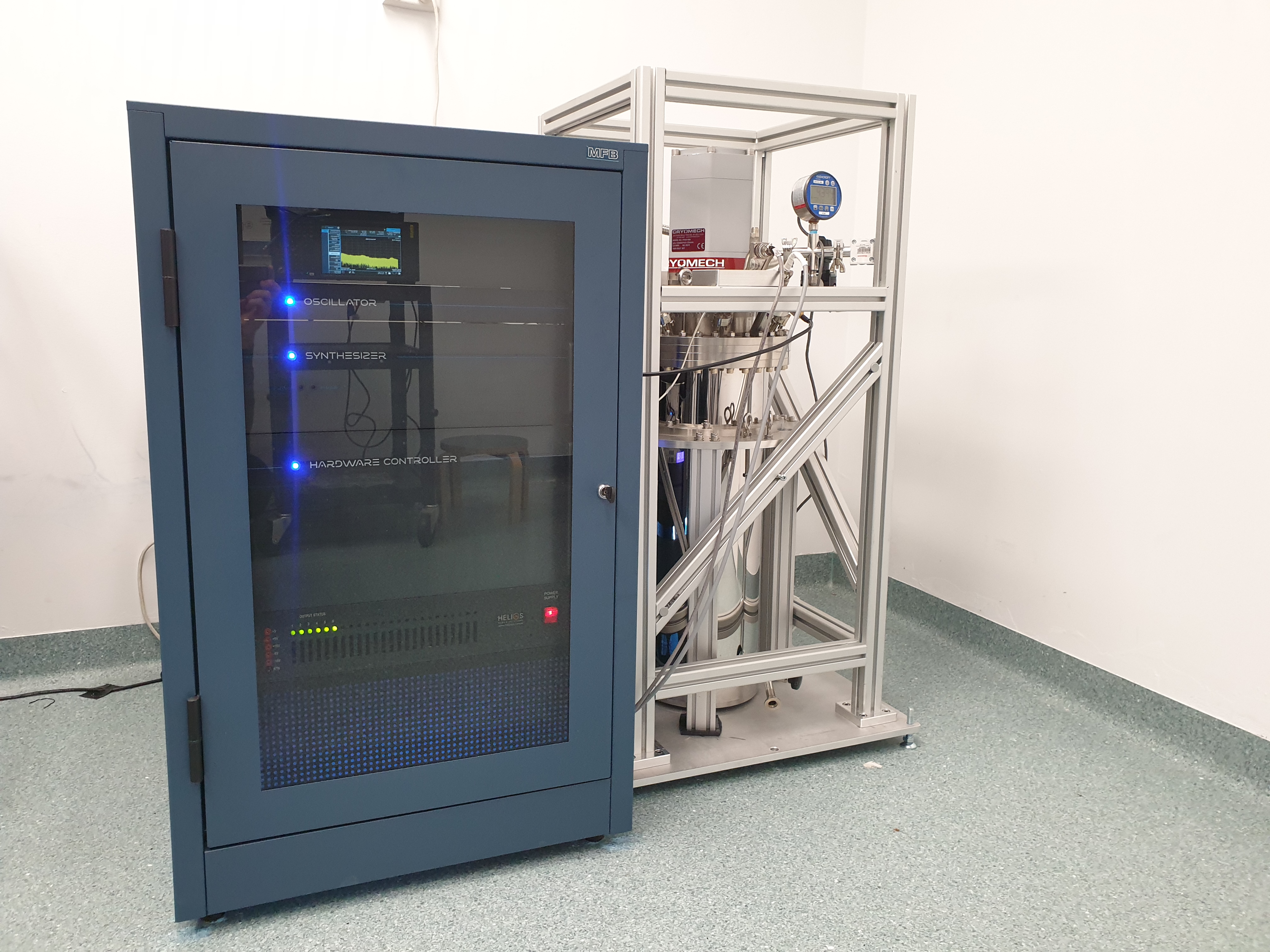 QuantX Labs, an Australian deep technology company, has achieved a groundbreaking advancement with its cryogenic sapphire oscillator, the Cryoclock. Operating at microwave frequencies, it offers unparalleled signal purity and stability, attracting interest from defense and commercial markets while also spearheading the development of advanced quantum technology for space applications.
QuantX Labs, an Australian deep technology company, has achieved a groundbreaking advancement with its cryogenic sapphire oscillator, the Cryoclock. Operating at microwave frequencies, it offers unparalleled signal purity and stability, attracting interest from defense and commercial markets while also spearheading the development of advanced quantum technology for space applications.
Read More
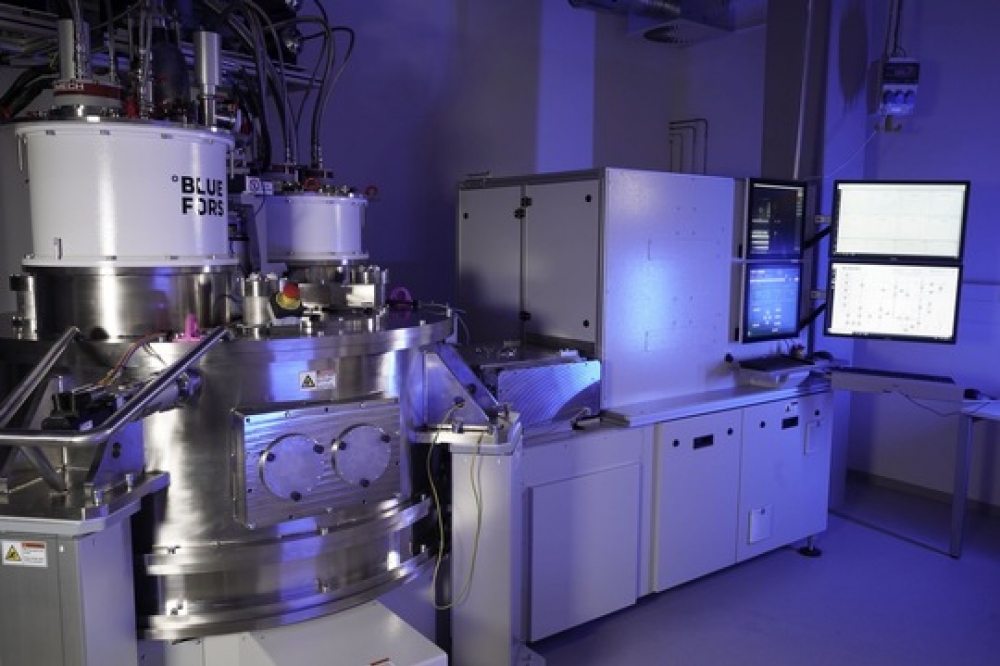 Germany's first cryogenic measuring setup for the statistical quality measurement of qubit devices on 200- and 300-mm wafers has commenced operation at Fraunhofer IAF. With the newly established cryogenic on-wafer prober, researchers at the Fraunhofer Institute for Applied Solid State Physics IAF aim to gain a deeper understanding of the functioning of quantum devices based on semiconductor quantum dots, quantum wells, and superconductors.
Germany's first cryogenic measuring setup for the statistical quality measurement of qubit devices on 200- and 300-mm wafers has commenced operation at Fraunhofer IAF. With the newly established cryogenic on-wafer prober, researchers at the Fraunhofer Institute for Applied Solid State Physics IAF aim to gain a deeper understanding of the functioning of quantum devices based on semiconductor quantum dots, quantum wells, and superconductors.
Read More
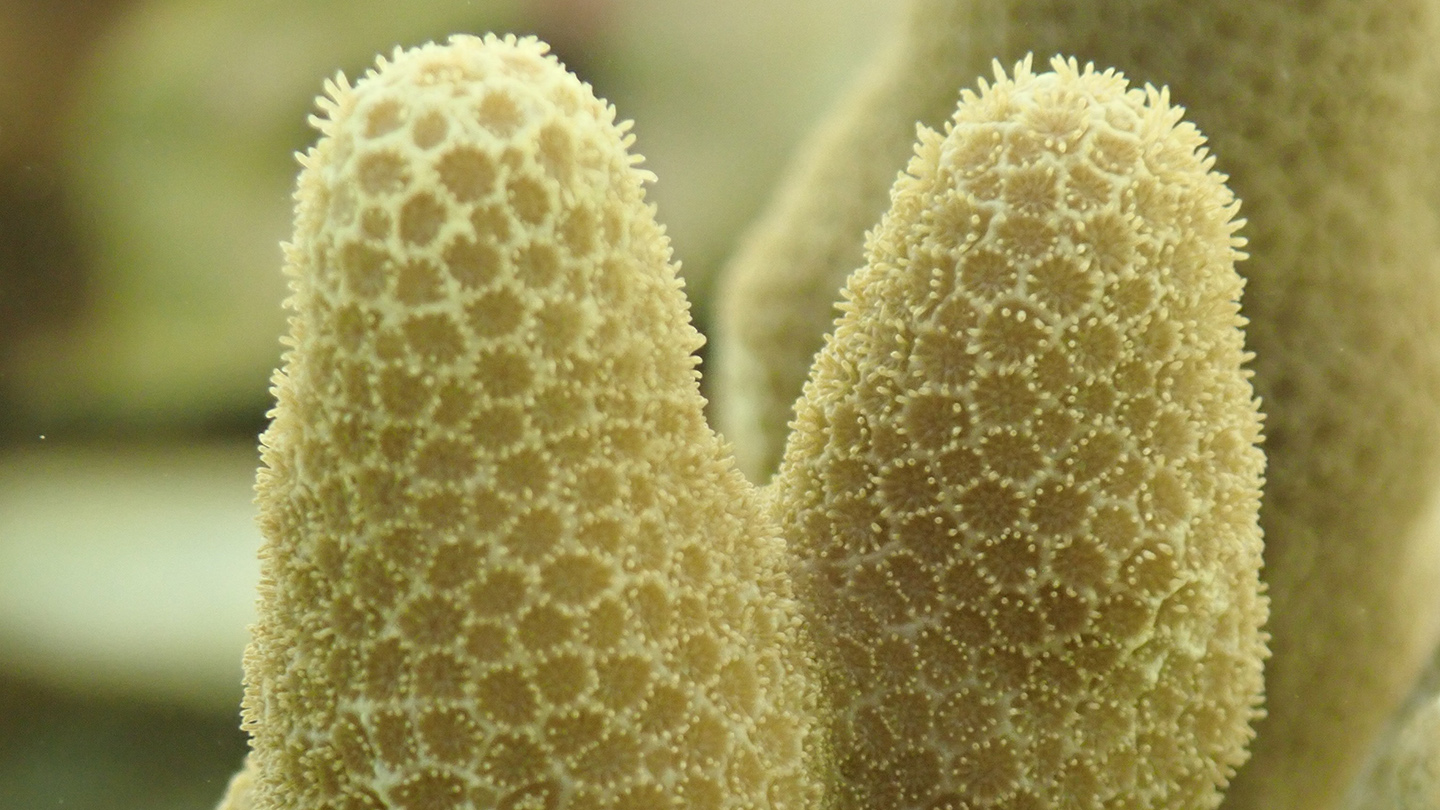 Like something out of science fiction, small colonies of mature corals have been safely frozen and revived for the first time, though more work will be needed to ensure their long-term survival, researchers report reported in Nature Communications. Freezing chunks of living corals for safekeeping — or cryopreserving them — could save them from extinction as the oceans heat up and acidify from human-caused climate change.
Like something out of science fiction, small colonies of mature corals have been safely frozen and revived for the first time, though more work will be needed to ensure their long-term survival, researchers report reported in Nature Communications. Freezing chunks of living corals for safekeeping — or cryopreserving them — could save them from extinction as the oceans heat up and acidify from human-caused climate change.
Read More
 Aerospace industry supplier GKN Aerospace is joining forces with Marshall and Parker Aerospace to explore liquid hydrogen fuel systems for aircraft. The partners plan to develop a liquid hydrogen system suitable for both fuel cell and internal combustion engine aircraft.
Aerospace industry supplier GKN Aerospace is joining forces with Marshall and Parker Aerospace to explore liquid hydrogen fuel systems for aircraft. The partners plan to develop a liquid hydrogen system suitable for both fuel cell and internal combustion engine aircraft.
Read More
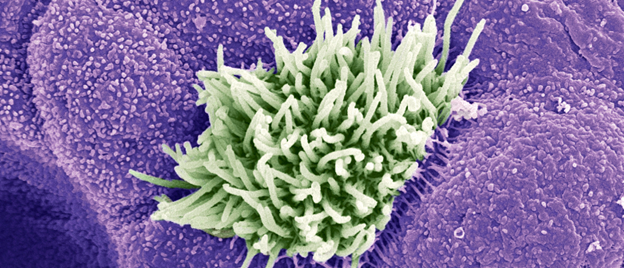
Read More
World-First in Oman
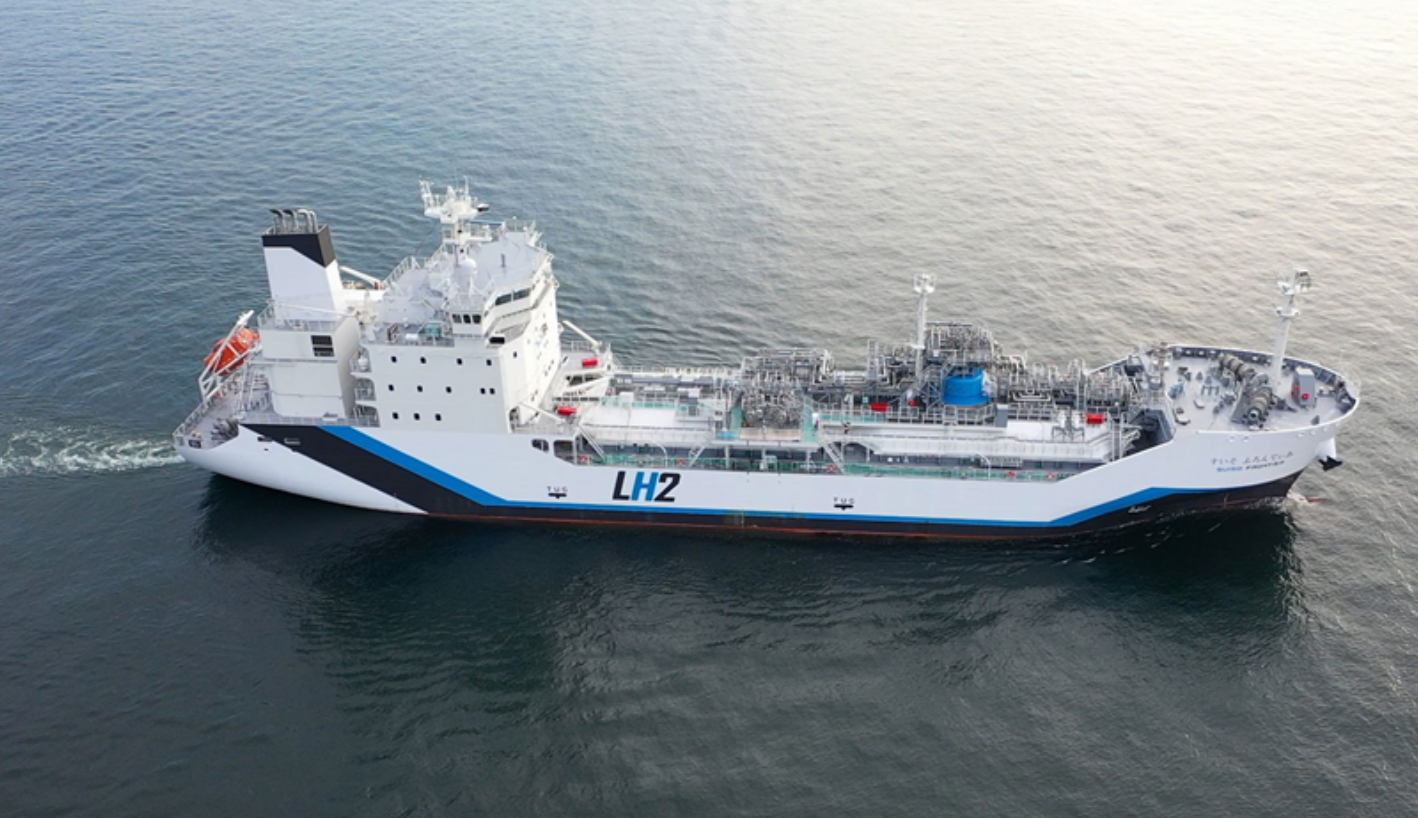 A momentous event unfolded as the world's first-ever liquefied hydrogen carrier, Suiso Frontier, graced the shores of Sultan Qaboos Port in Muscat on August 14. Proudly crafted by the renowned Kawasaki Heavy Industries (KHI), this marks the long-anticipated debut of Suiso Frontier in the Sultanate of Oman. The name "Suiso" gracefully translates to hydrogen in Japanese, encapsulating the vessel's groundbreaking mission.
A momentous event unfolded as the world's first-ever liquefied hydrogen carrier, Suiso Frontier, graced the shores of Sultan Qaboos Port in Muscat on August 14. Proudly crafted by the renowned Kawasaki Heavy Industries (KHI), this marks the long-anticipated debut of Suiso Frontier in the Sultanate of Oman. The name "Suiso" gracefully translates to hydrogen in Japanese, encapsulating the vessel's groundbreaking mission.
Read More
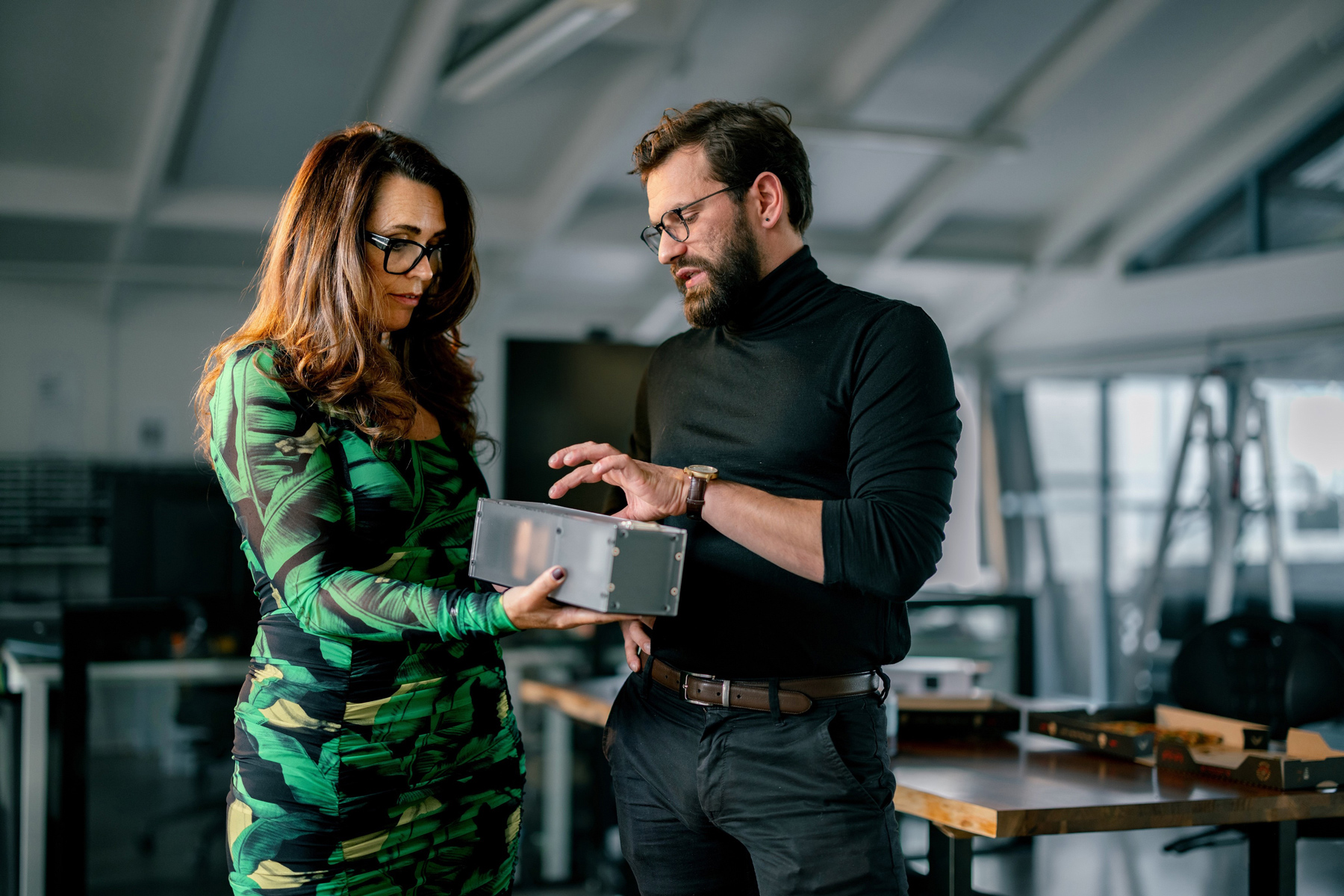 New Zealand-based space-flight systems company, Zenno Astronautics (Zenno), has proudly announced a remarkable achievement—surpassing a staggering $75 million in product sales (equivalent to USD 48 million) for its groundbreaking innovation, the Z01™ superconducting magnetorquer for spacecraft attitude control.
New Zealand-based space-flight systems company, Zenno Astronautics (Zenno), has proudly announced a remarkable achievement—surpassing a staggering $75 million in product sales (equivalent to USD 48 million) for its groundbreaking innovation, the Z01™ superconducting magnetorquer for spacecraft attitude control.
Read More
Breakthrough Enables Quench Detection in High-Field Magnets for Fusion Reactors
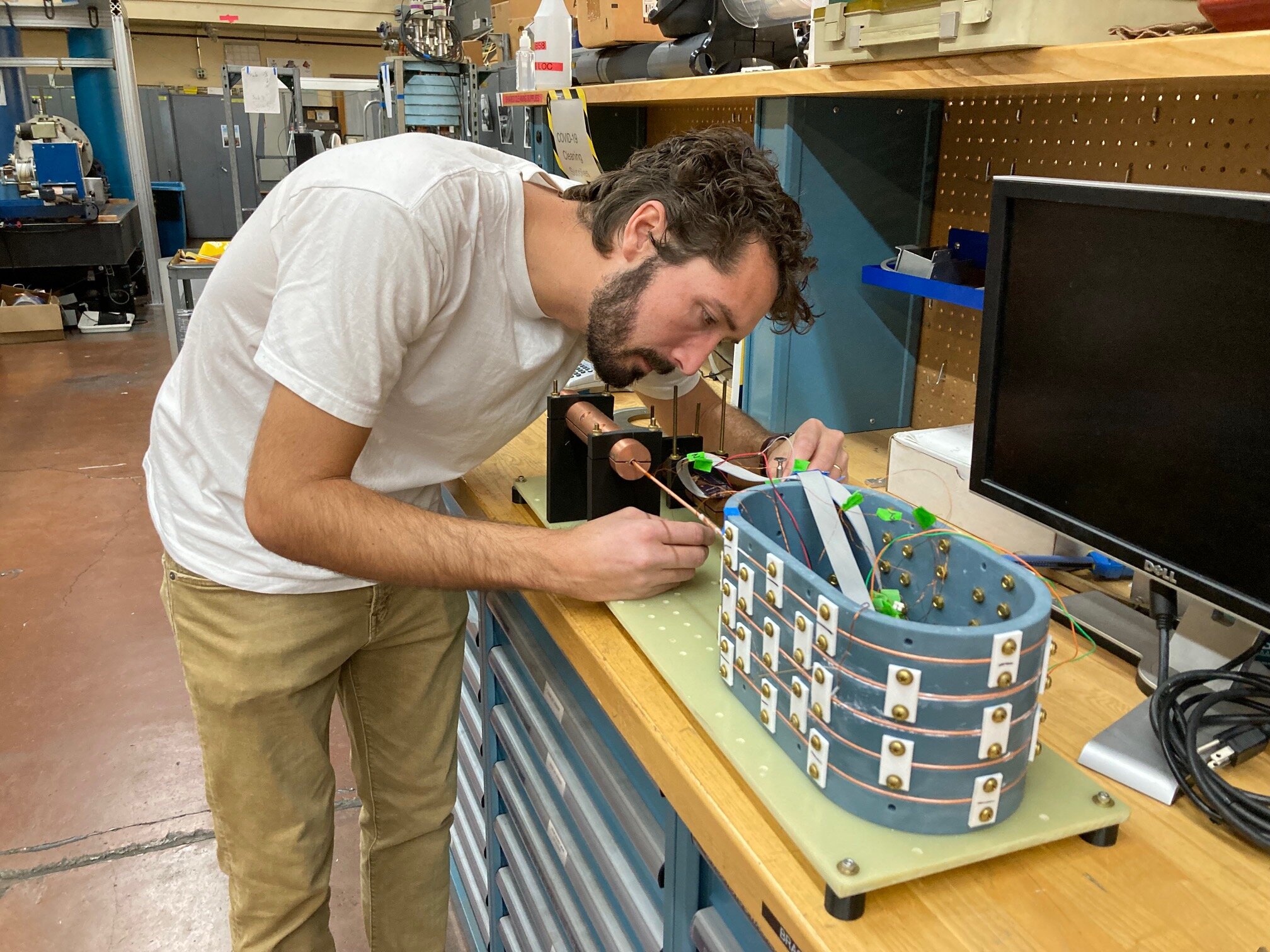 Researchers at Berkeley Lab's Accelerator Technology & Applied Physics (ATAP) Division have developed a method for detecting and predicting the local loss of superconductivity in large-scale magnets that are capable of generating high magnetic fields. These high-field magnets are a core enabling technology for many areas of scientific research, medicine and energy, where they are used in a range of applications, including in particle accelerators and colliders for high energy [JS1] and nuclear physics, diagnostic and therapeutic medical devices and energy generation, transmission and storage technologies.
Researchers at Berkeley Lab's Accelerator Technology & Applied Physics (ATAP) Division have developed a method for detecting and predicting the local loss of superconductivity in large-scale magnets that are capable of generating high magnetic fields. These high-field magnets are a core enabling technology for many areas of scientific research, medicine and energy, where they are used in a range of applications, including in particle accelerators and colliders for high energy [JS1] and nuclear physics, diagnostic and therapeutic medical devices and energy generation, transmission and storage technologies.
Read More
SkyWater Unveils Cryo Lab, Partners with FormFactor for Advanced RTS Noise Detection in ROIC Applications
 SkyWater Technology announced earlier this year the establishment of a new cryogenic lab dedicated to characterizing random telegraph signal (RTS) noise for read-out integrated circuits (ROICs). This move is aimed at addressing the crucial need to mitigate RTS noise in order to enhance image quality and performance for ROIC customers across various applications, including night vision, military surveillance and industrial and automotive thermal imaging.
SkyWater Technology announced earlier this year the establishment of a new cryogenic lab dedicated to characterizing random telegraph signal (RTS) noise for read-out integrated circuits (ROICs). This move is aimed at addressing the crucial need to mitigate RTS noise in order to enhance image quality and performance for ROIC customers across various applications, including night vision, military surveillance and industrial and automotive thermal imaging.
Read More
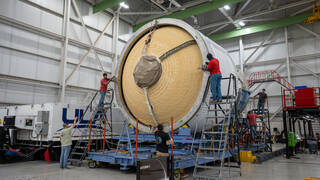 With Artemis teammates and media watching, United Launch Alliance (ULA) crews guided the interim cryogenic propulsion stage (ICPS) for NASA’s SLS (Space Launch System) rocket for Artemis III to the loading dock at ULA’s facility in Decatur, Alabama, July 31. ULA’s R/S RocketShip will transport the flight hardware to ULA’s sister facility in Florida near NASA’s Kennedy Space Center, where it will undergo final checkouts.
With Artemis teammates and media watching, United Launch Alliance (ULA) crews guided the interim cryogenic propulsion stage (ICPS) for NASA’s SLS (Space Launch System) rocket for Artemis III to the loading dock at ULA’s facility in Decatur, Alabama, July 31. ULA’s R/S RocketShip will transport the flight hardware to ULA’s sister facility in Florida near NASA’s Kennedy Space Center, where it will undergo final checkouts.
Read More
Contract Awarded for Acquisition of Large Cryogenic System for DUNE Detectors in South Dakota
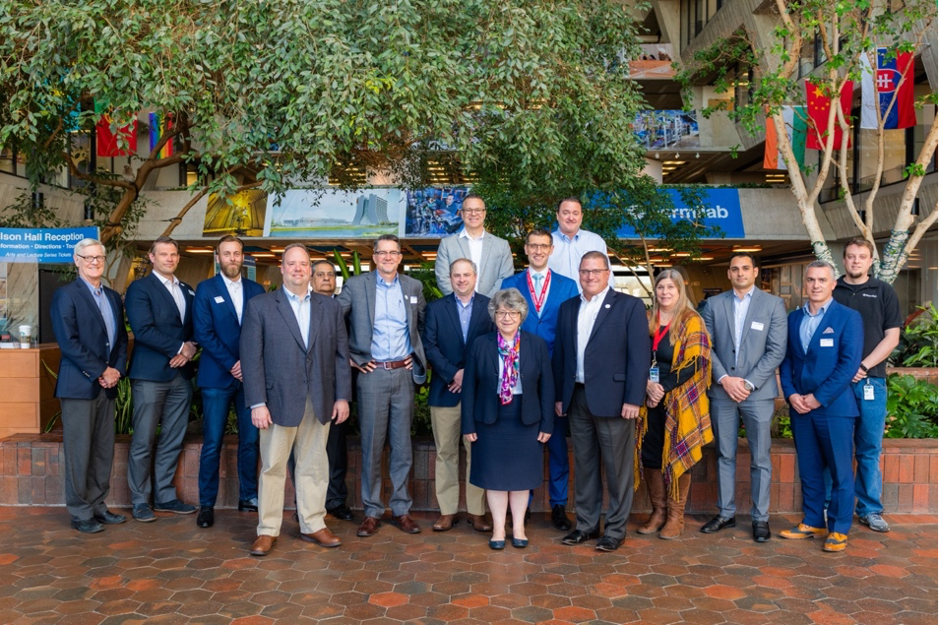 A significant milestone has been achieved in the realization of the Deep Underground Neutrino Experiment (DUNE) with the awarding of a multi-year contract for the acquisition of a large cryogenic plant. This plant will be responsible for cooling tens of thousands of tons of liquid argon, bringing the ambitious experiment one step closer to fruition.
A significant milestone has been achieved in the realization of the Deep Underground Neutrino Experiment (DUNE) with the awarding of a multi-year contract for the acquisition of a large cryogenic plant. This plant will be responsible for cooling tens of thousands of tons of liquid argon, bringing the ambitious experiment one step closer to fruition.


